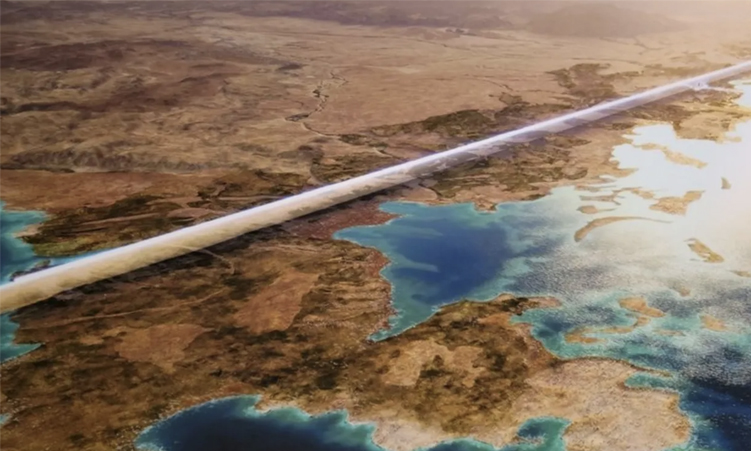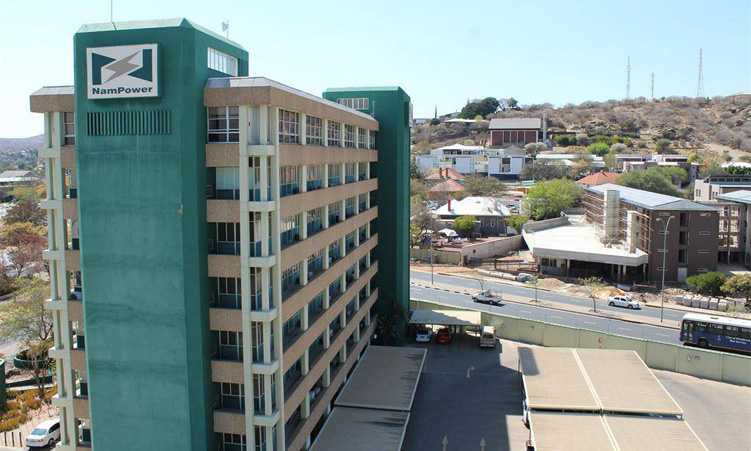NAMIB Lead and Zinc Mine in Erongo region retrenched 129 workers last week due to poor commodity prices and the impact of the Covid-19 pandemic on production.
The mine’s managing director, Martin Tjipita, delivered the news to workers last Monday. The retrenchment comes less than two years after an injection of N$280 million to revive the mine – the former Deblin lead and zinc mine that operated from 1968 to 1991 before it closed – due to poor commodity prices and labour issues.
The mine is situated about 30 kms west of Swakopmund, near the Rössing Mountain.
North River Resources owns a 90% stake in Namib Lead and Zinc Mine while the mine’s workers and a community empowerment trust each owns 5% of the remaining stake.
In a letter to the mine’s branch chairperson of the Mineworkers’ Union of Namibia (MUN) last Monday, Gabriel Haingura (who is also an employee), Tjipita said the industry has seen a substantial drop in zinc prices since the end of last year, continuing through the first quarter of this year.
Tjipita told The Namibian yesterday that viable prices were in the region of US$2 500 per tonne for zinc, but due to oversupply in the global market and the ensuing Covid-19 pandemic, the prices have plunged to below US$1 900.
“There was a gradual decrease over a long term, but since about a month ago, because of the pandemic, there was a sudden drop,” he said, adding that due to these conditions, as well as the “short life” of the mine, the continuation of operations had become unsustainable, making profitable operations not viable despite further cash injections.
He said the pandemic has also had an impact on challenges and delays in obtaining critical supplies necessary for production and export.
“It was resolved to immediately cease mining operations and place the mine in care and maintenance and consequently retrench workers,” he said, encouraging the union to engage the company regarding the retrenchment process to ensure that it was fair.
Tjipita said the mine was at a point of becoming a going concern as it had just about met its nameplate production capacity of 10 000 tonnes of ore per month. Although he said the mine was still a promising project, he could not say how long the care and maintenance would last.
Haingura confirmed the retrenchments and said negotiations were expected to take place, but referred all further questions to Erongo regional coordinator of MUN George Ampweya.
Ampweya told The Namibian said that until March, there were wage negotiations, and that the union was supportive of the company with regards to increments. He said at that stage, there was no mention of retrenchments or going into care and maintenance.
According to him, the company “capitalised” on the lockdown when it announced the retrenchments, with no room for extension left.
“We wanted to at least see how this virus lockdown works out, and maybe the commodity prices would also increase, but they (the company) just wanted to get this over and done with,” said Ampweya. “How are we even to consult with our members during a lockdown? The way the company did this was cowardly, unwarranted, and they used this difficult time to take advantage of the workers,” he said.
A worker told that although management had indicated in the past that the mine was facing challenges, the retrenchment announcement came as a surprise.
“We knew there were struggles and were encouraged to work harder and meet the demand of the investors. We cooperated, but we never expected things to get bad so quickly, and now losing our jobs at the same time,” the worker said.
“Everyone is down and disappointed.”
He said the company had been requested to extend the time before the retrenchment was enforced, but the request was rejected.
“The owners have pretty much made up their minds, it seems. We will have to see what the union manages to salvage,” he said.
In 2018, during the “revival” ceremony of the mine, it was stated the potential resource was over 1,1 million tonnes, with the majority zinc at 13 500 tonnes per year, followed by lead at 4 000 tonnes a year.
The life of mine was set at nine years.
Stay informed with The Namibian – your source for credible journalism. Get in-depth reporting and opinions for
only N$85 a month. Invest in journalism, invest in democracy –
Subscribe Now!






